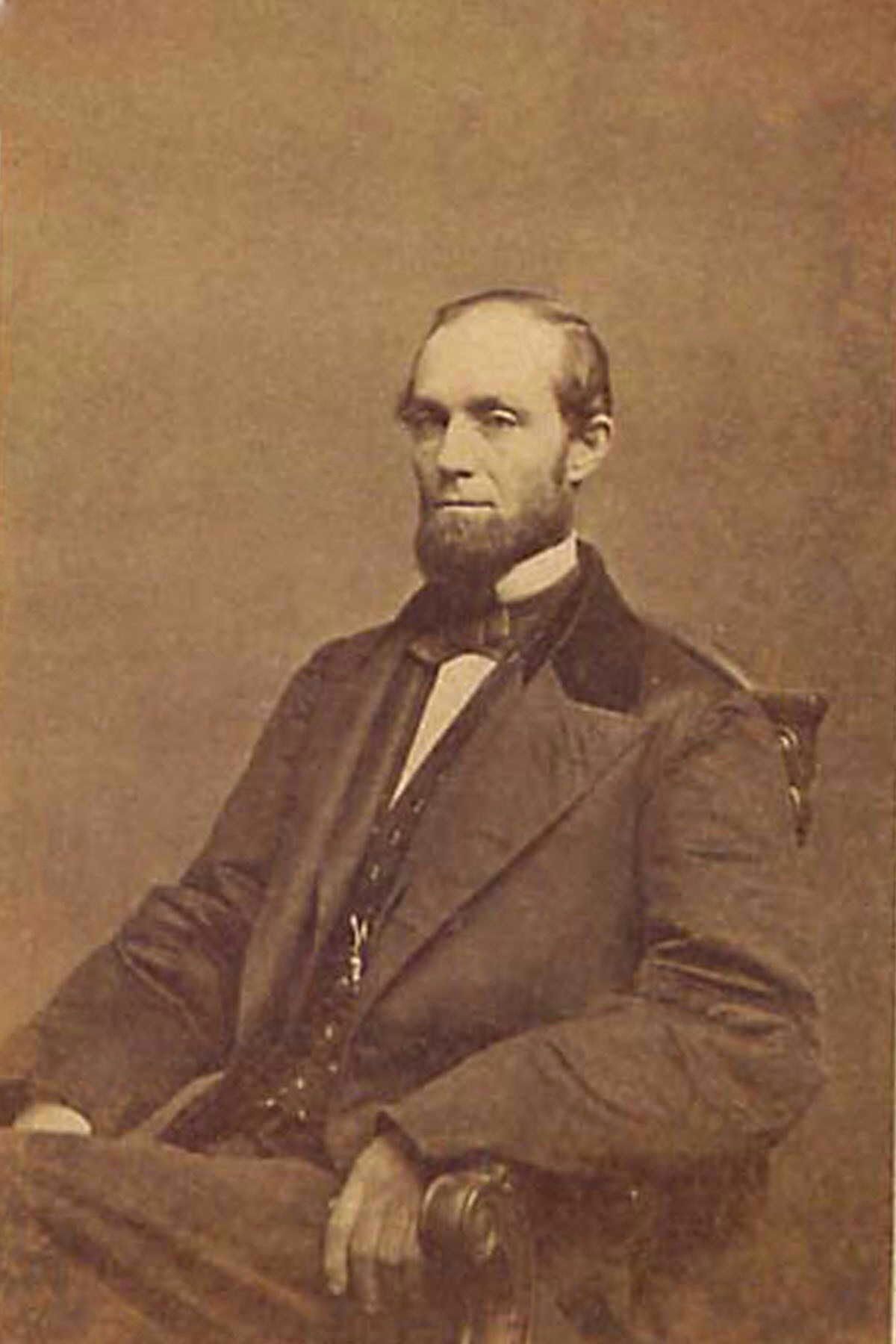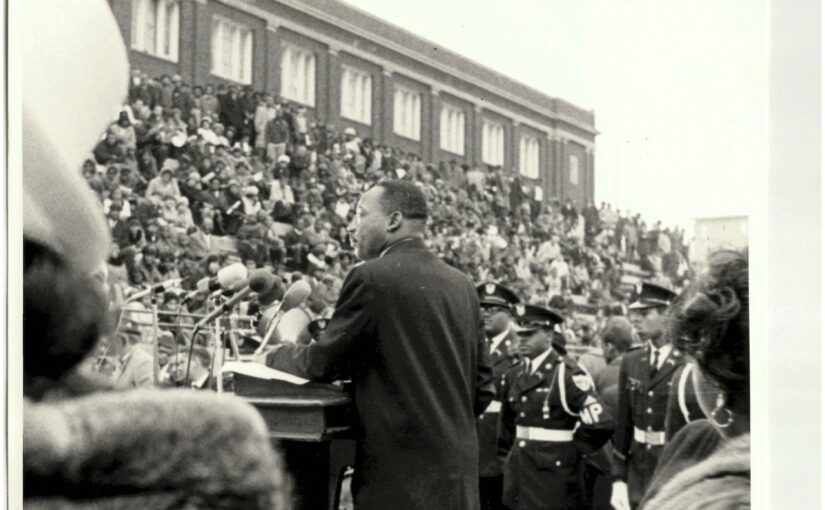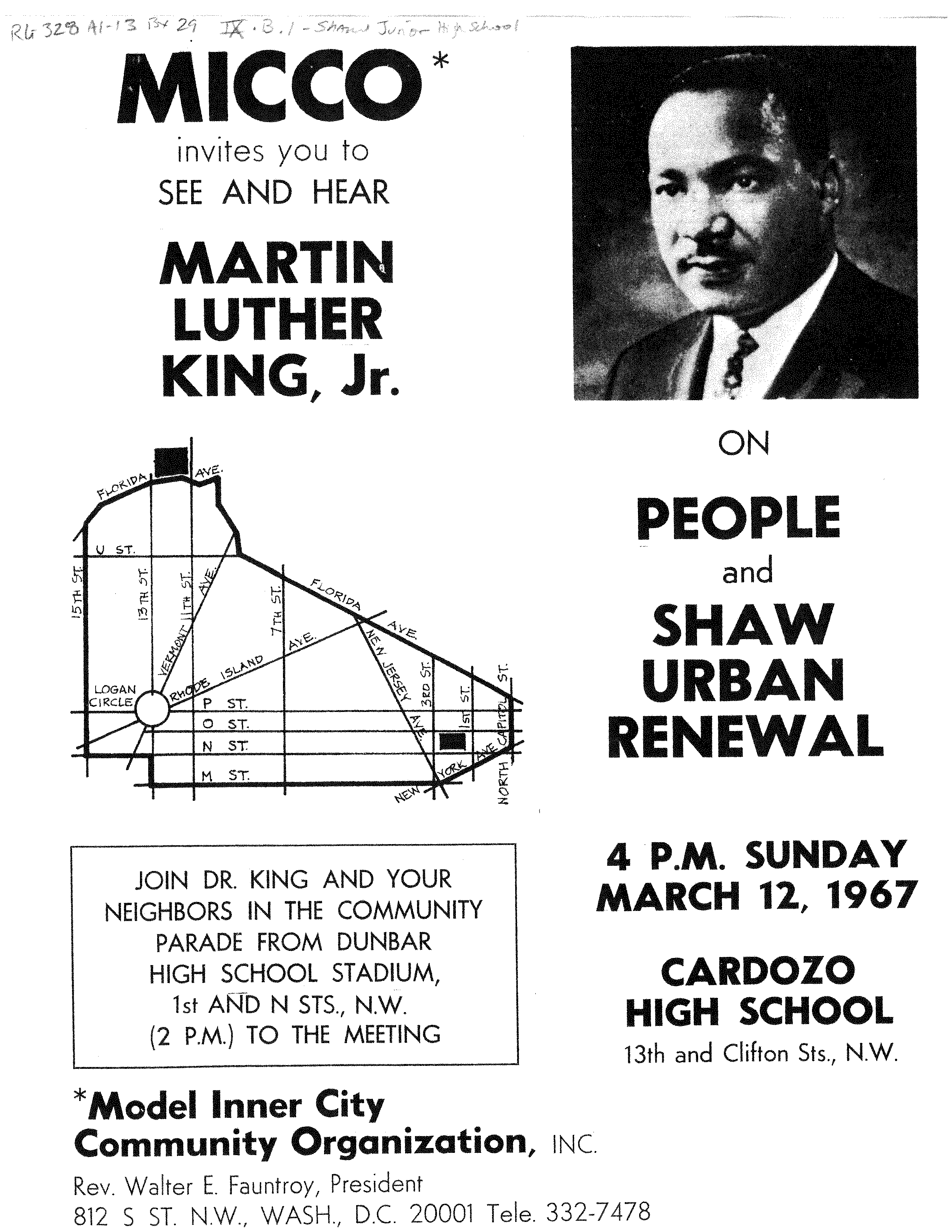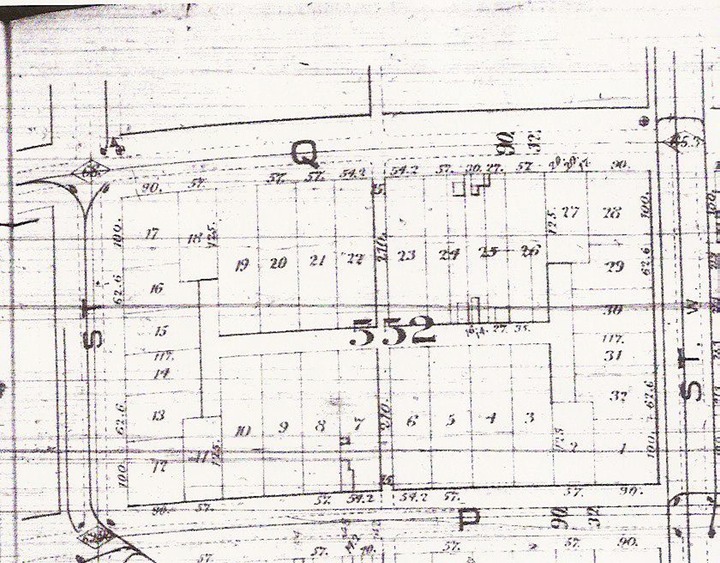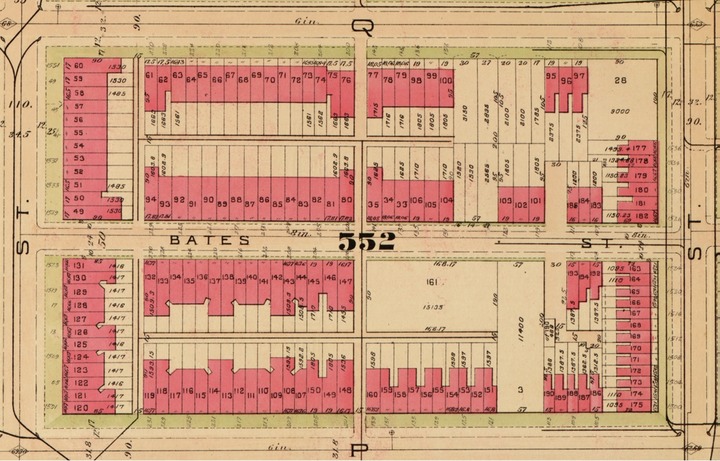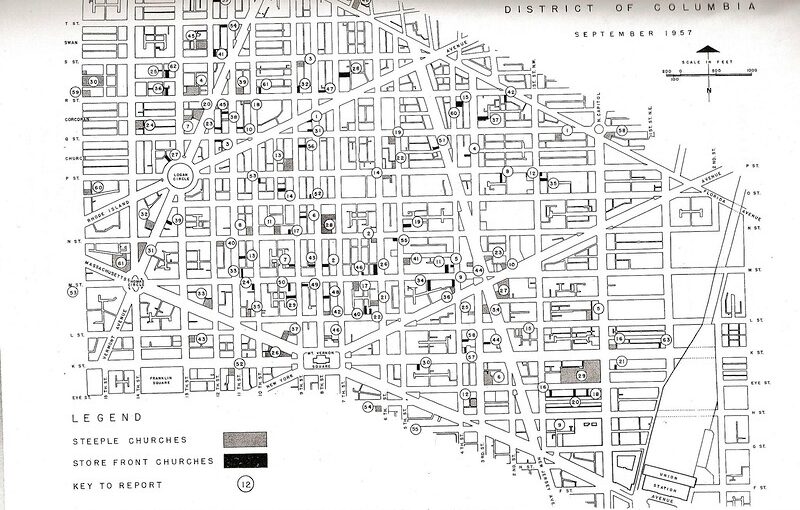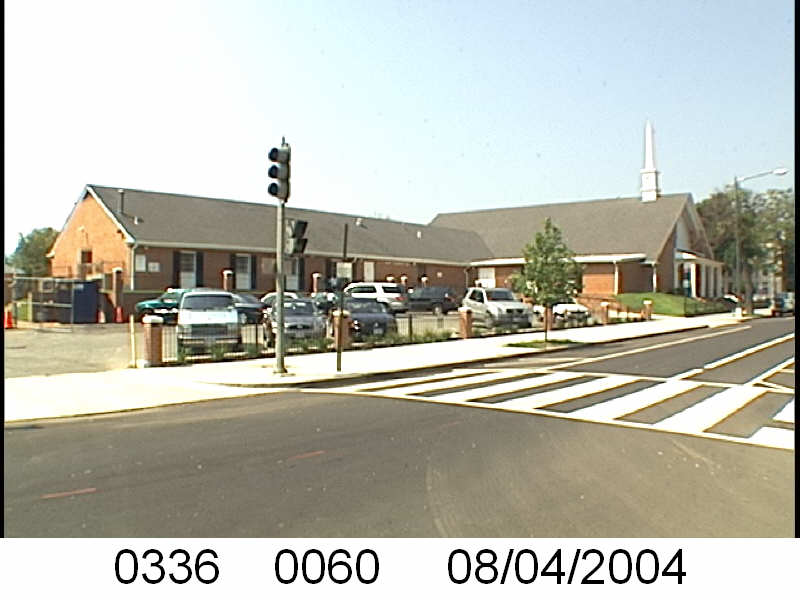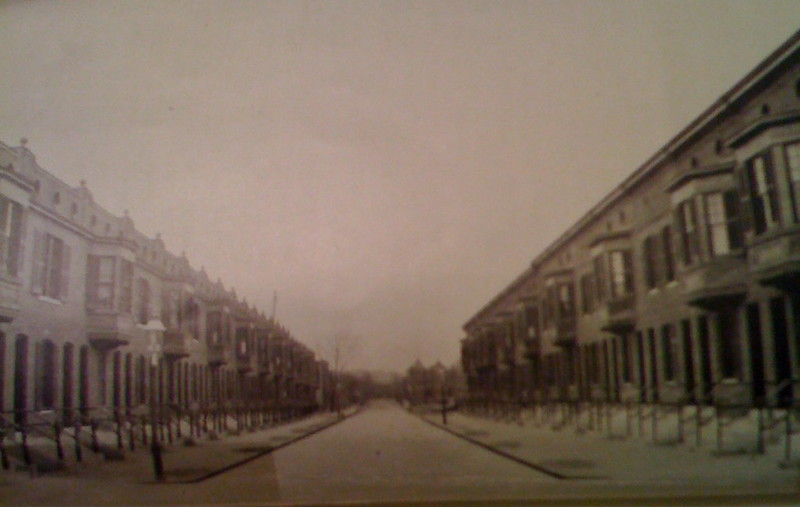I am looking at what I’ve written before on the InShaw blog about the Washington Sanitary Improvement Company (WSIC) before going deep on the topic and writing something new. Call it procrastination.
This piece was about the intentions of the WSIC. They saw it as a way to battle overcrowding and substandard housing by making that housing go away and replacing it with better housing. What it did was expel Black residents, who were not going to live in the new housing. History doesn’t repeat but it sure does rhyme. The same could be said of HOPE and other government (WSIC was private) housing programs. Anyway…..
I forget which census year it was but one year there were 11 people living in the house I currently occupy. As far as I know, the house has always been a two bedroom and I believe the cellar is a late 20th century addition. My house is about 1,000 sq ft.
I have read that overcrowding could be blamed on segregation. Segregation was probably one of several causes, if there are so many structures in the city and many of those structures are off limits due to covenants and other restrictions, then that limits housing choices. I get a sense that economics had something to do with it as well, but that is just a guess.
Anywho, a turn of the century description of crowded rental housing comes from a report from Clare de Graffenried:
I have no doubt that lodgers are harbored in these alleys whose presence, for many reasons not creditable to the occupants, is always concealed. The confessed facts are startling enough. We have here accounts of 7 persons living in two rooms– the mother and her sons, 21, 17 and 7 years of age, occupying one bedchamber. Again, 9 individuals live in two romse[sic]; 11 people in four rooms. Five, almost all adults, sleep in one room– the mother 43, a son 21, and daughters 19, 17, and 14; and 4 persons use another room– a mother 45, and aunt 70, and a son 22, and a baby 9 months old.
–Page 18 of Kober, George “The History and Development of the Housing Movement in the City of Washington, DC” Washington, DC 1907.
Doing a Google search for Miss de Graffenried, brought up Between Justice and Beauty by Howard Gillette, Jr., which on page 113 where he notes that she goes for the dramatic story over statistics. Later Gillette writes on page regarding the predecessor of the Washington Sanitary Improvement Company, which built the houses on Bates Street:
By 1904 the company housed 140 families, 30 of whom were black. Since the overwhelming majority of alley dwellers were black, the company clearly did not direct its attention to those in greatest need.– page 115
In Kober in 1909 writes about their housing efforts:
It should be stated, that while the original intention was to provide homes for alley residents and thereby remove the slums, it was considered best to begin this movement by providing improved dwellings for the better class of wage earners, in the belief that houses vacated by them would be rented by the next grade, and so on until the bottom of the ladder was reached. –page 31
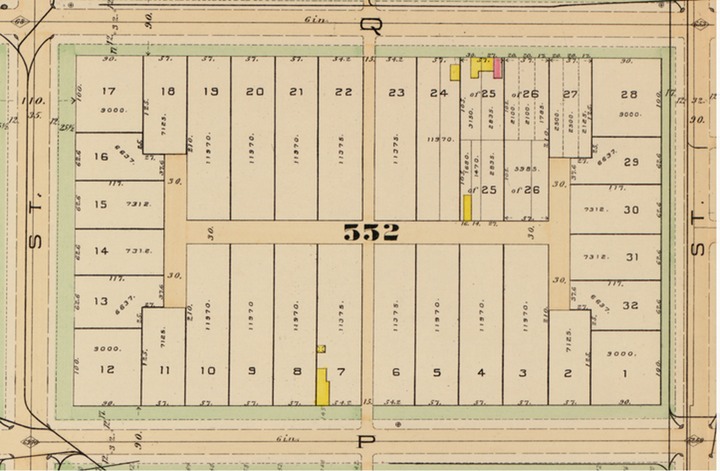
 Her cousin Louise Marie Eustis was born in Cannes, France in 1867 to George Eustis and Louise Morris Corcoran Eustis (daughter of WW Corcoran of the famous Corcoran Gallery). She married polo player Thomas Hitchcock Jr in 1891. They both loved horses. They had four children Celestine E. Hitchcock Peabody (1892 –1935), Helen Louise Eustis Hitchcock Clark (1898–1979), Thomas Hitchcock (1900–1944) and Frank Center Eustis Hitchcock (1908–1957). She died in an accident in 1934 in Aiken, SC at the age of 66.
Her cousin Louise Marie Eustis was born in Cannes, France in 1867 to George Eustis and Louise Morris Corcoran Eustis (daughter of WW Corcoran of the famous Corcoran Gallery). She married polo player Thomas Hitchcock Jr in 1891. They both loved horses. They had four children Celestine E. Hitchcock Peabody (1892 –1935), Helen Louise Eustis Hitchcock Clark (1898–1979), Thomas Hitchcock (1900–1944) and Frank Center Eustis Hitchcock (1908–1957). She died in an accident in 1934 in Aiken, SC at the age of 66.
